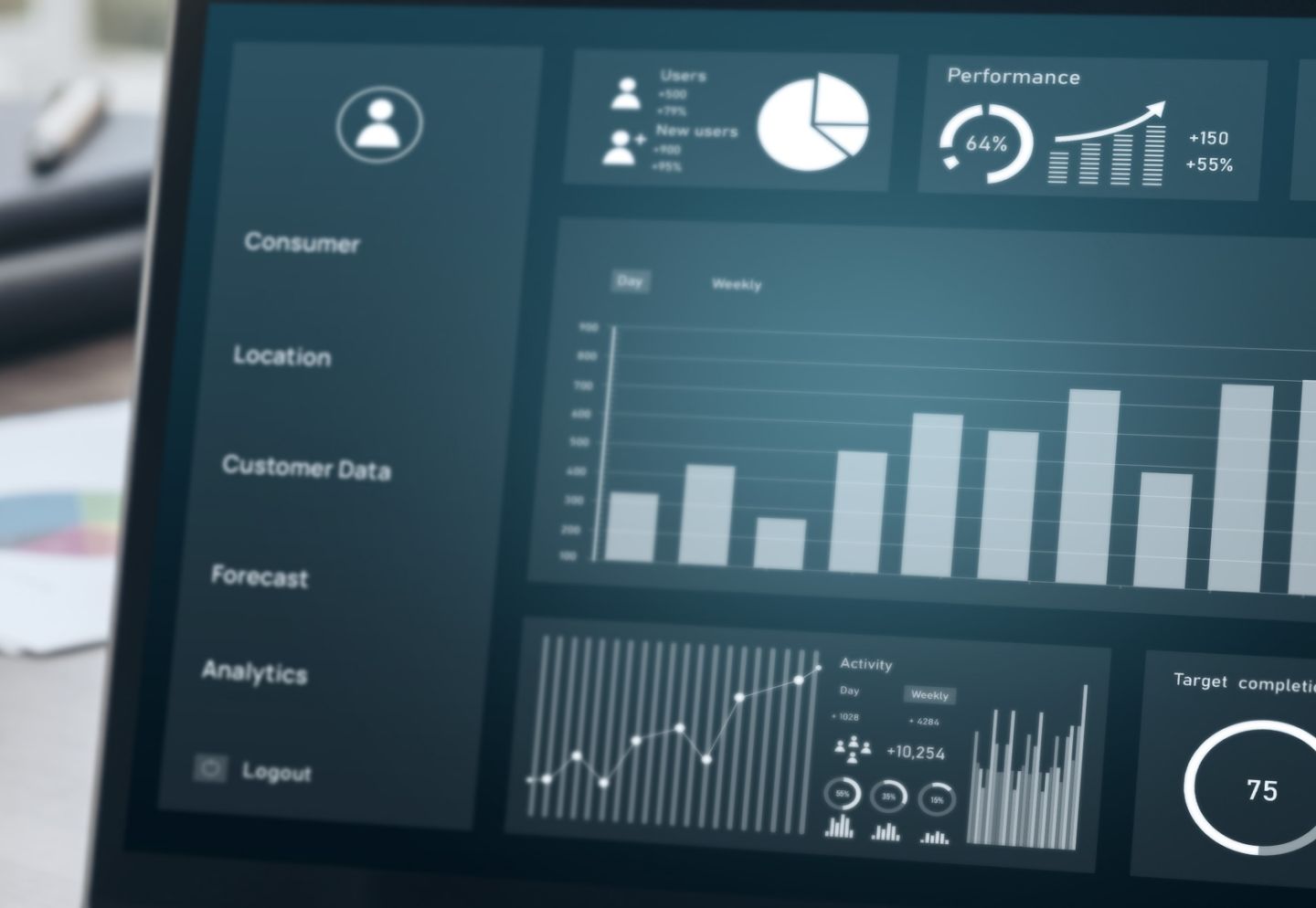Retailers have long understood how to harness the right mixture of data to unlock a brand’s full potential and really dig into who its customers are and what they want. And as patients continue to become savvier consumers, it’s crucial for healthcare providers to do the same.
But that’s not the only lesson healthcare organizations can learn from the retail industry.
Here are five ways you can apply a retail mindset to help inform your health organization’s strategy.
Lesson One: Think of Your Patients as Consumers
For decades, retailers have been successfully collecting their own transactional and customer data and then combining it with third-party data to find meaningful patterns amid the chaos.
And as patients continue to behave more like consumers, healthcare providers can and should do this as well. By combining behavioral and psychographic data with patient data to paint a comprehensive picture of who their patients are, providers will have a better idea of how their patients spend their time, how they spend their money, and how they consume healthcare.
When you understand your audience so specifically, you can tailor your services to meet the needs of your patients and refer them to other screenings and services they may need. Such detailed information can help you design a growth strategy that makes sense over the long term.
Lesson Two: Convenience is King
In the past, the phrase, “If you build it, they will come,” was true. But now, in a world focused on convenience, it’s becoming increasingly important that you bring your facilities and services closer to patients and potential patients.
This is where predictive analytics come in. When it comes to making decisions about where to locate your primary care clinics, urgent care centers, dental offices, and other outpatient locations, you need to understand the geographic and spatial components. It’s not just who the patients are, but also where they live and work in relation to your sites. After all, if a patient needs urgent care, they’re more likely to pick the one that’s quickest and easiest to get to.
Lesson Three: Use Targeted Marketing to Be More Effective
When you marry patient data with household-level behavioral and psychographic data, you’ll get a deeper understanding of your patients’ attributes by specialty or service. You can then use this information to identify people in other households that look and act similarly to the people you currently serve. These look-alike consumers might become patients of yours in the future.
Better yet, you can also use these insights to narrow your marketing down to the specific households you identified. This is what retailers do and it can significantly reduce your advertising costs while improving your results.
For instance, if you are currently sending printed postcards about your women’s health services to a mailing list of 100,000 people, you can use data to understand that only 20,000 of those households actually have women who are highly likely to use your services. By marketing to this smaller group of prospects, you can greatly reduce your marketing costs and increase your effectiveness.
Lesson Four: Optimize Your Portfolio of Locations
It’s crucial to understand your organization’s current situation before you look to future opportunities for growth. Because of this, the fourth lesson healthcare organizations can learn from retailers is optimizing your portfolio of locations to make your network more effective.
This process can help determine if your locations are in the right places, if an underperforming site truly isn’t living up to its potential or if it has less potential than you expected, and if there are any shining star locations performing better than expected that you should study.
The answers from these insights will help guide your plan for improvement.
Lesson Five: Data Breaks Down Silos
All too often in healthcare, silos pose a problem as every department focuses on its own interests and situations, often at the expense of the bigger picture. Data and analytics, when applied to their full potential, can be a catalyst to break down silos and get everyone in your organization on the same page to support your efforts.
Having current analytics on your patients can unite your different departments around common facts and goals. Further, through reporting, visualization, and mapping tools, as well as an ongoing analysis of the data, you can regularly monitor the impact of your efforts and keep all your departments invested in working together.
The Bottom Line
As we move into the next phase of healthcare in the United States, patients will continue to think, act, and make decisions like consumers, and healthcare providers will continue their focus on cost savings and value.
By looking to the retail sector and learning how to apply data and analytics effectively, it will be easier for healthcare organizations to capitalize on existing needs and opportunities. Ultimately, this will help providers retain their market share and stay one step ahead of the competition, both now and in the future.
To learn more about these retail strategies, please download this whitepaper.


